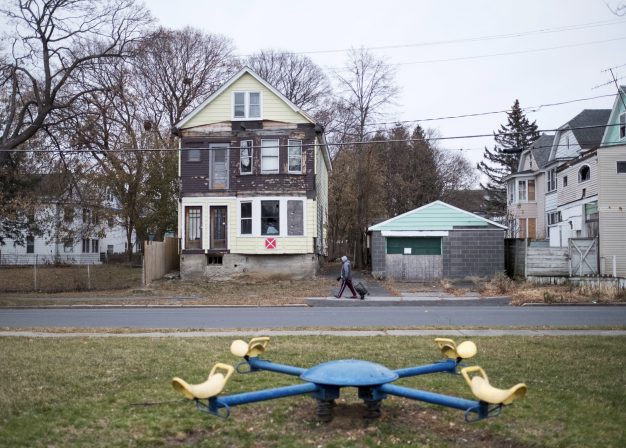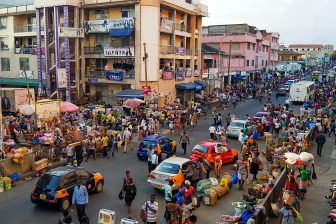
Huge inequalities in neighbourhood ‘chances’ for US children
America’s urban districts have a ‘sharp racial divide’ in the life chances given to children depending on their colour and race.
That’s the conclusion of researchers at Brandeis University in Boston, one of the leading research institutions in the USA which has highlighted many ‘stark inequalities in neighbourhood conditions’.
Schools, safety, access to healthy food and places to play are among the most basic needs of children, and it’s the access – or lack of – to such staples that go a long way towards shaping their futures.
‘Significant racial divides’
But in its newest Child Opportunity Index (COI) 2.0, the university’s Institute for Child, Youth and Family Policy says that there are significant racial divides in almost every major city in the country, and that white children have more opportunities than those who are black and/or of hispanic origin.
Most white children in the United States live in areas where there are high levels of opportunity – the polar opposite to most black and Hispanic children. Often these neighbourhoods are literally just streets apart.
Professor Dolores Acevedo-Garcia, the project’s lead researcher, said the COI was unique because it provides for every U.S. neighbourhood a ‘consistent and current metric’ of whether children have what it takes to grow up healthy.
‘Equal access to opportunities’
“This matters because the index gives us the ability to use contemporary data to identify child opportunity gaps and inform policy change that is needed to create more equitable neighbourhood conditions so that all children can thrive,” she said.
The index quantifies, maps, and compares neighbourhood opportunity by looking at 29 neighbourhood ‘conditions’ such as proximity to and enrolment in early care and education centres, high school graduation rates, high-skill employment, health insurance coverage, housing vacancy rates, and poverty levels – that matter for children.
The data, which cover conditions within three areas: education, health and environment, and social and economic, are used to compare metros by their level of opportunity and to see whether children have equal access to neighbourhood opportunity by race and ethnicity.
Key findings include:
- Madison, Wisconsin, ranked first among all U.S. metropolitan areas for neighbourhood opportunity (Child Opportunity Score of 83). Virtually no children of any race live in very low-opportunity neighbourhoods there.
- Bakersfield, California, ranked last for the opportunities that it affords children (Child Opportunity Score of 20); Fifty-one percent of children live in very low-opportunity neighbourhoods
- With few exceptions, city in the southern USA have notably lower opportunity scores than those in the north. The highest opportunity metros are in the Plains states and in New England; California’s Central Valley and one or two cities in Texas have some of the lowest-opportunity neighbourhoods for children.
‘Where we need to invest’
Richard Besser, MD, president and CEO of the Robert Wood Johnson Foundation, which supported the research, said: “All children deserve the opportunity to thrive. The Child Opportunity Index shows us that where a child happens to be born can dramatically impact their entire life.
“The index shows us where we need to invest if we truly care about equity and justice. We need to look at the policies and systems that have led to these disparities and work to change them so that all children and families are valued equally,” he added.



